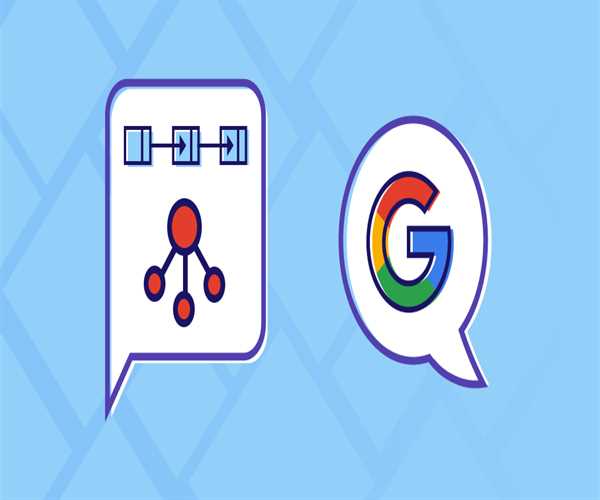Prototyping is an important step in the development process of any application. A prototype is a model of the final product that is used to test and validate the design, functionality, and usability of the application before it is released. Prototypes help developers and stakeholders understand the product better and improve the user experience.

There are a number of different techniques for prototyping an application, ranging from low-fidelity to high-fidelity prototypes. Each technique has its own advantages and disadvantages, and the best approach for a given project will depend on the goals, timeline, budget, and complexity of the application.
1. Paper Prototyping: Paper prototyping is a low-fidelity technique that is used to quickly create a prototype of an application. This technique involves sketching out the user interface on paper, then testing it with end users to identify areas for improvement. This technique is especially useful for early-stage ideation and user testing, as it is a fast and inexpensive way to get feedback on the design.
2. Wireframing: Wireframes are digital representations of an application’s user interface. They are used to quickly create a basic structure for the application, which can then be tested and improved upon. Wireframes are typically created with a vector graphics software such as Adobe Illustrator or Sketch. This technique is useful for creating a basic framework for the application and testing the user interface before development begins.
3. Rapid Prototyping: Rapid prototyping is a technique that combines wireframing and paper prototyping. This technique involves quickly creating a prototype of the application using a combination of wireframes and paper sketches. Rapid prototyping is a great way to explore and test various design ideas with users quickly. This technique is especially useful for projects that require frequent iterations and user testing.
4. Interactive Prototyping: Interactive prototyping is a technique that involves creating a functioning prototype of the application. This technique uses a visual programming language such as HTML, CSS, and JavaScript to create a functioning application version. This technique tests the application’s usability and user experience before development begins.
5. Wizard of Oz Prototyping: Wizard of Oz prototyping is a technique that involves creating a prototype of an application without actually building it. This technique involves creating a “simulated” version of the application where the user interacts with a human operator instead of the actual application. This technique is useful for testing the usability of an application before investing in development.
By using different techniques for prototyping an application, developers and stakeholders can quickly get feedback on the design and functionality of the application. This feedback can then be used to improve the user experience and ensure that the final product meets the customer’s needs.